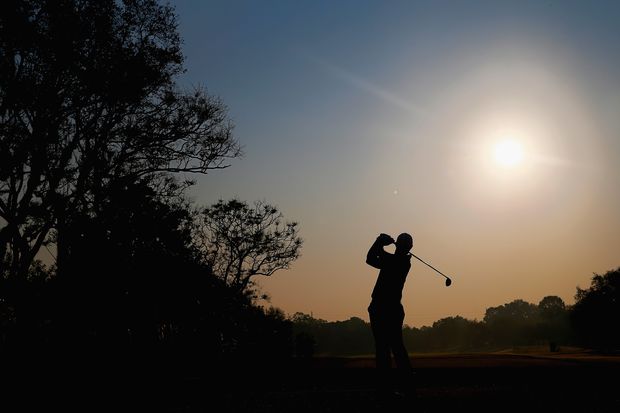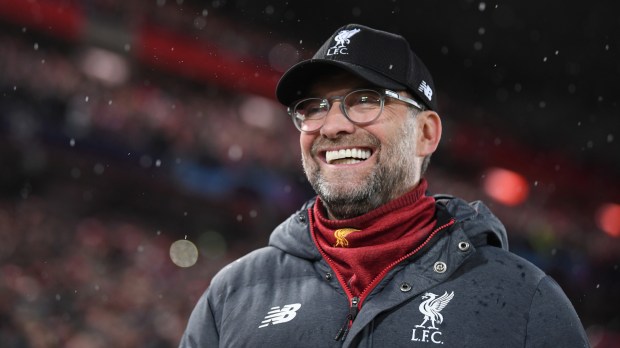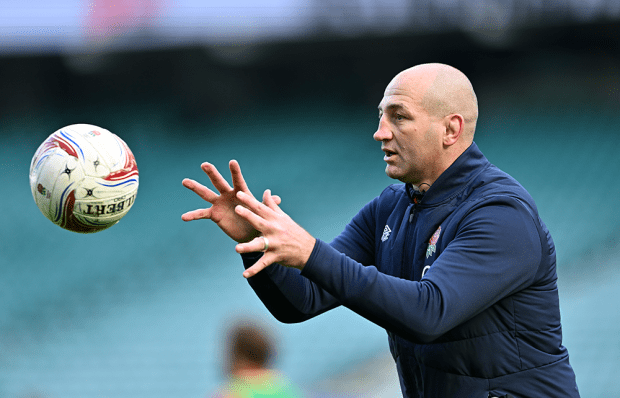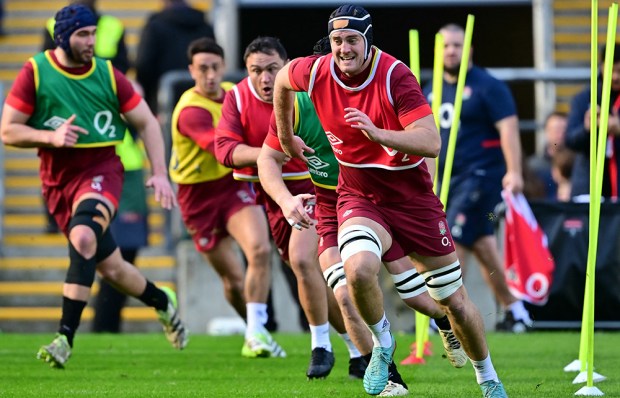The grand slam in golf is a feat almost impossible to imagine now. It meant winning all four golfing majors in the same year, and has only been done once, by the extraordinary Bobby Jones in 1930. Jones was awarded a ticker-tape reception in New York, and a golfing writer of the time with a feel for geometry called it ‘The Impregnable Quadrilateral’, a fortress that could never be taken.
Jones, a lawyer by profession and unimpeachably honourable in his play, was a canny young man as well as a remarkable player: he had backed himself for the grand slam at the start of the year with a British bookmaker at 50-1. He eventually collected $60,000, or getting on for $11 million today. Who wouldn’t look forward to popping down to Ladbrokes to pick up a slice of that?
Jones completed his unparalleled achievement in the US Amateur Championship at Merion golf course in Pennsylvania. Even now the local club historian bursts into tears if you ask him to describe Jones’s birdie shot on the 11th to give him an 8 & 7 victory (the tournaments were all matchplay then, rather than stroke play as now), and complete his slam. The other titles then were the Open Championship, the US Open and the British Amateur.
Now the slam means winning the Masters and the US PGA as well as the two Opens. Only one player has ever come close to Jones, and that of course is Tiger Woods, who held all four titles but not in the same calendar year, in 2000-2001. In itself this is a mind-boggling achievement which makes Woods’s defenestration from the top 100 all the more poignant. This extraordinary genius of a sportsman now lies at 104, sandwiched between Thorbjørn Olesen of Denmark and America’s Jason Kokrak, which sounds like the sort of thing that got Tiger into trouble in the first place.
After Woods and Jones, only four other players have won all four slams during their careers — Gene Sarazen, Ben Hogan, Gary Player and Jack Nicklaus — for a total of six. Think of all the brilliant golfers who have never had a career slam — players like Phil Mickelson, Arnold Palmer or Tom Watson. Seve Ballesteros, one of the finest players it was possible to watch, never came close to a career slam, despite his five majors.
But now one of our own is on the brink of joining that elite band, the Magnificent Six. Next week Rory McIlroy, world No. 1 and still only 25, tees off in the Masters, the first major of the year, and what would be the final leg of a career slam. He also holds the last two majors, the Open and the PGA. His US Open title came in 2011 when he minced it by eight strokes. This Masters would be a magnificent moment in Rory’s glorious career.
But there are enough obstacles in his way to fill an Augusta bunker: Rickie Fowler is in blistering form, and increasingly adored by the American public. His worst position in a major last year was a tie for fifth in the Masters. Jason Day, the brilliant -Australian, will play a part as well as the youthful Jordan Spieth. And do not forget the oldies. Look how many of the old guard were in the top 25 lastyear: Jiménez, Langer, the evergreen Fred Couples, Jim Furyk, Bjørn and Cink. For the true romantic, though, this should be Rory’s finest hour.
Just a final cricketing thought for those of a statistical bent: Australia have won the World Cup four times since England last won a knock-out match in the competition. No wonder Father Time has keeled over at Lord’s. And please, Kevin Pietersen, give up this nonsense about playing cricket for England. Just concentrate on the commentary: you are brilliant.
Got something to add? Join the discussion and comment below.
Get 10 issues for just $10
Subscribe to The Spectator Australia today for the next 10 magazine issues, plus full online access, for just $10.
Roger Alton is an executive editor at the Times.
You might disagree with half of it, but you’ll enjoy reading all of it. Try your first month for free, then just $2 a week for the remainder of your first year.















Comments
Don't miss out
Join the conversation with other Spectator Australia readers. Subscribe to leave a comment.
SUBSCRIBEAlready a subscriber? Log in